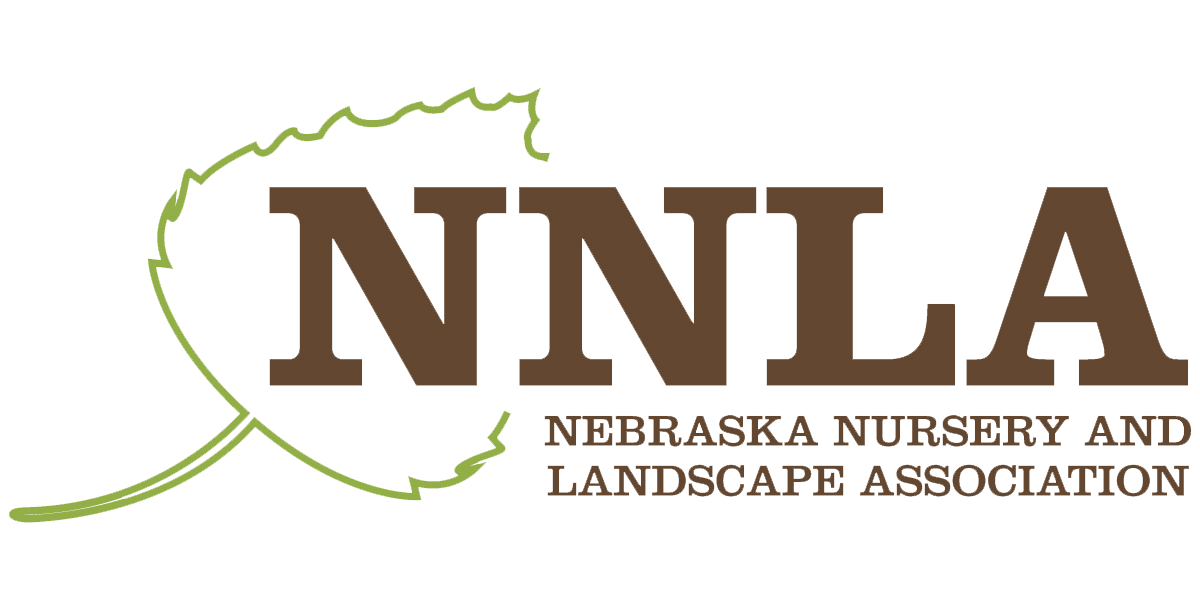Trees and Drought
BENEFICIAL LANDSCAPES monthly column from the Nebraska Statewide Arboretum
Drought is relatively common in Nebraska. The further west we go, the drier it is, with central and western parts of the state experiencing significant drought every 5-7 years or so. As Nebraska researchers continue to project increases in the frequency and severity of drought (http://snr.unl.edu/research/projects/climateimpacts/), how can we prepare our landscapes for those challenges?
Ginkgo trees are known for their beautiful golden color in fall but these brown leaves mid-summer are the result of drought.
It’s important to remember that trees offer significant environmental, economic and social benefits for homeowners as well as whole communities. But most municipal water use in summer goes to lawns, which in many cases are overwatered by far upwards of 30 percent; Nebraska Extension actually estimates 30 to 300 percent (https://unlcms.unl.edu/educational-media/droughtresources/lawns-turfgrass). In larger cities, that’s a waste of 600,000 bathtubs of water daily. During severe droughts, restricting lawn irrigation in favor of tree-watering could save significant amounts of water. Setting priorities is especially important if replacement values are kept in mind, since turf is far easier and less expensive to replace than mature trees.
Some tree species like juniper, hackberry, and bur and gambel oak have remarkable drought-tolerance; but in severe drought even long-lived and well-established trees can be stressed. If trees need to be prioritized for watering, preference might best be given to young and newly planted trees and to established trees prone to drought stress (red and sugar maple, baldcypress, ginkgo, tulip tree, aspen, crabapple, spruce). Since water runs downhill, desirable trees and ones at the top of slopes or in sandy soils might receive preference over more favorable sites and more adaptable trees like bur oak, honeylocust, elms, hackberry, limber pine, and juniper/redcedar.
How should trees be watered? Ideally, watering should be deeper and less frequent and concentrated under the tree's canopy. Options include hoses for small or individual trees, lawn sprinklers that spray low to the ground, soaker hoses and drip tubing for trees and shrubs in landscape beds and watering bags for new/young trees.
Here’s some recommendations to increase drought-tolerance:
1.. Mulch with 2-3” layer of wood or other organic compost around trees and in planting beds to help absorb and retain moisture, reduce soil temperature and protect trees from mower or weeder damage.
2.. Pick the right plants with an emphasis on regional natives.
3. Plant trees and shrubs together in groups where they can more easily be mulched and cared for.
4.. Limit high-input turf grass to where it is truly needed.
5. Think healthy soil. The more organic matter it has, the healthier and more drought-tolerant it is.
6. Design and manage irrigation systems so they’re used only when needed.
Written by Justin Evertson and Graham Herbst of the Nebraska Forest Service. Tree lists and landscape tips at plantnebraska.org

